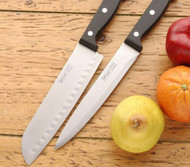Knife Care and Maintenance: Keeping Your Blade in Top Condition
23rd Jun 2025
Did you know a well-maintained knife can last a lifetime, while a neglected one may dull within months? In fact, the difference between a master chef and an amateur cook often boils down to the quality and care of their knives.
One of humanity's oldest tools, the knife, has evolved from simple stone blades used by early humans to the sophisticated stainless steel options available today. Throughout history, knives have served as essential tools for survival and food preparation and as symbols of status and craftsmanship. Understanding how to care for these vital instruments ensures they remain effective and relevant across generations.
In this blog, we will explore knives' historical significance, design, functionality, and cultural impact while also providing practical tips for their maintenance.
Historical Overview
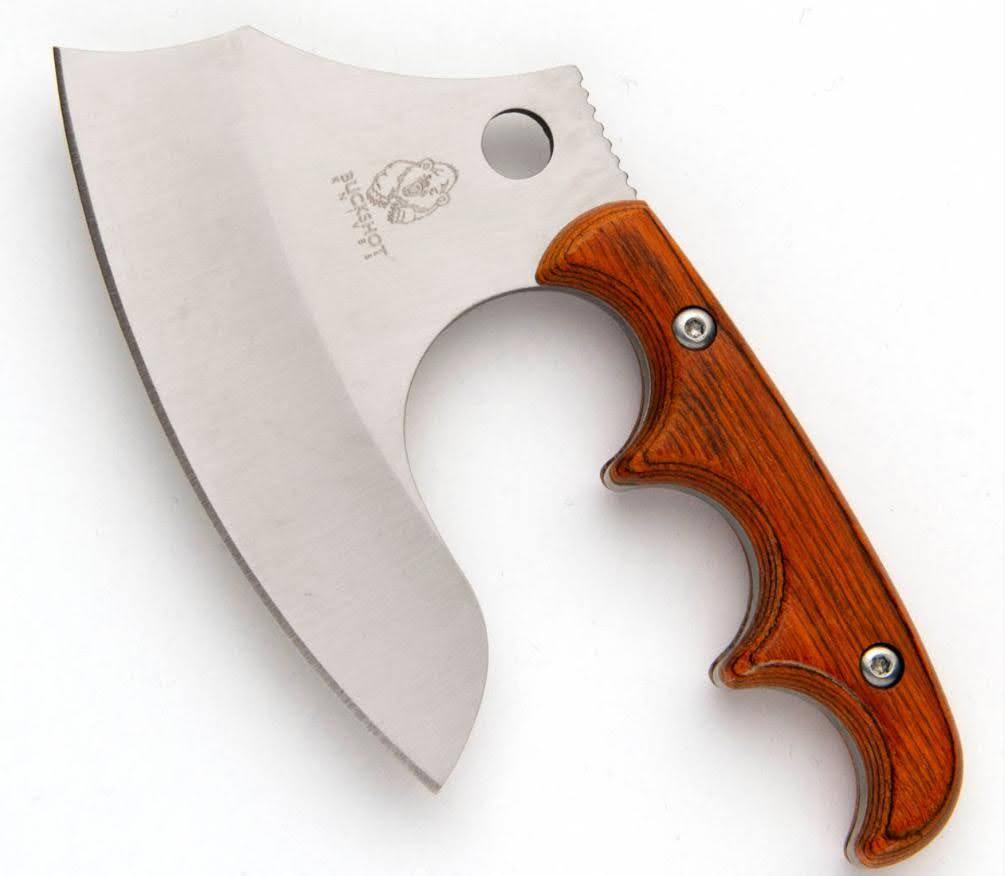
Origins
Knives can be traced back to prehistoric times, with the earliest forms made from flint, obsidian, or bone. These primitive tools were essential for hunting, food preparation, and protection. Knives became more sophisticated as metallurgy advanced, particularly during the Bronze and Iron Ages. The advent of metalworking allowed for the creation of sharper, stronger, and longer-lasting blades than their stone predecessors.
By the Middle Ages, knives transitioned from mere tools to personal possessions. They were often elaborately crafted and decorated, reflecting the owner's status and craftsmanship. Each culture adapted the design and use of knives to fit their unique needs, leading to a diverse array of knife styles seen across different societies.
Cultural Impact
The knife has played a significant role in many cultures, from the Japanese katana symbolizing honor and mastery in the samurai tradition, to the utilitarian Swiss Army knife representing versatility and practicality. Each culture has integrated the knife into its culinary practices, warfare, and even rituals, showcasing its multifaceted significance.
In ancient Egypt, knives were used in ceremonial practices, including mummification. In modern times, the knife remains a staple in culinary practices worldwide, where its cultural significance continues to evolve alongside cooking techniques and culinary arts.
Notable Uses
Throughout history, knives have been integral in various significant events. For instance, during the American Revolution, soldiers relied on their knives for both combat and sustenance, using them in close-quarter battles and for food preparation in the field. In culinary history, the French chef's knife has been pivotal in developing modern cooking techniques, shaping how chefs prepare food today.
Design and Characteristics
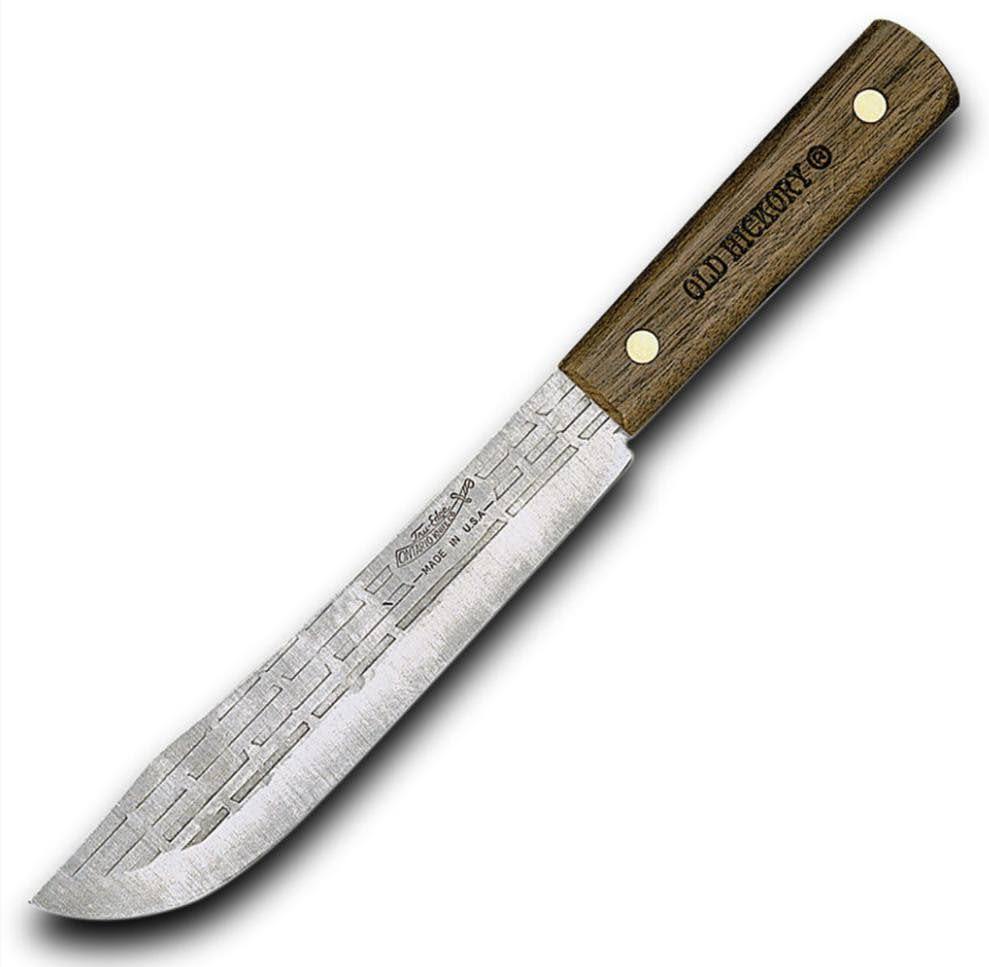
A typical kitchen knife features a blade, handle, and tang. The blade length varies, with standard sizes ranging from 6 to 12 inches. Depending on its intended use, the edge may be straight, serrated, or even curved. The handle can be made from various materials, including wood, plastic, or metal, each offering a different feel and grip.
Material and Craftsmanship
Modern knives are primarily made from stainless steel, carbon steel, or ceramic. Each material has unique properties:
- Stainless Steel: Resistant to rust and staining, making it ideal for kitchen use. High-quality stainless steel can maintain a sharp edge and is relatively easy to sharpen.
- Carbon Steel: Holds an edge longer than stainless steel but requires more maintenance to prevent rust. While it can discolor over time, many chefs prefer it for its sharpness and ease of honing.
- Ceramic: Lightweight and non-reactive, ceramic knives maintain their sharpness longer than metal blades. However, they can be brittle and are prone to chipping if dropped.
Craftsmanship techniques, such as forging and heat treatment, enhance a knife's durability and performance. Forged knives, made from a single piece of metal, tend to be sturdier and provide better balance than stamped knives, which are cut from steel sheets.
Variations
Knives come in various types, each tailored to specific tasks:
- Chef’s Knife: Versatile, ideal for chopping, slicing, and dicing. It features a broad blade that allows for a rocking motion when cutting.
- Paring Knife: Smaller, perfect for intricate tasks like peeling and trimming. Its short blade gives it precision for detailed work.
- Fillet Knife: Flexible blade designed for precise cuts in fish preparation, allowing for delicate movements to separate flesh from bones.
- Serrated Knife: Best for slicing bread or soft foods, its saw-like edge helps cut through crusty surfaces without crushing the interior.
- Cleaver: A heavy knife with a broad blade used for chopping through bones and tough meat.
Understanding these variations allows users to select the right knife for their specific needs, enhancing both safety and efficiency in their tasks.
Functionality and Usage
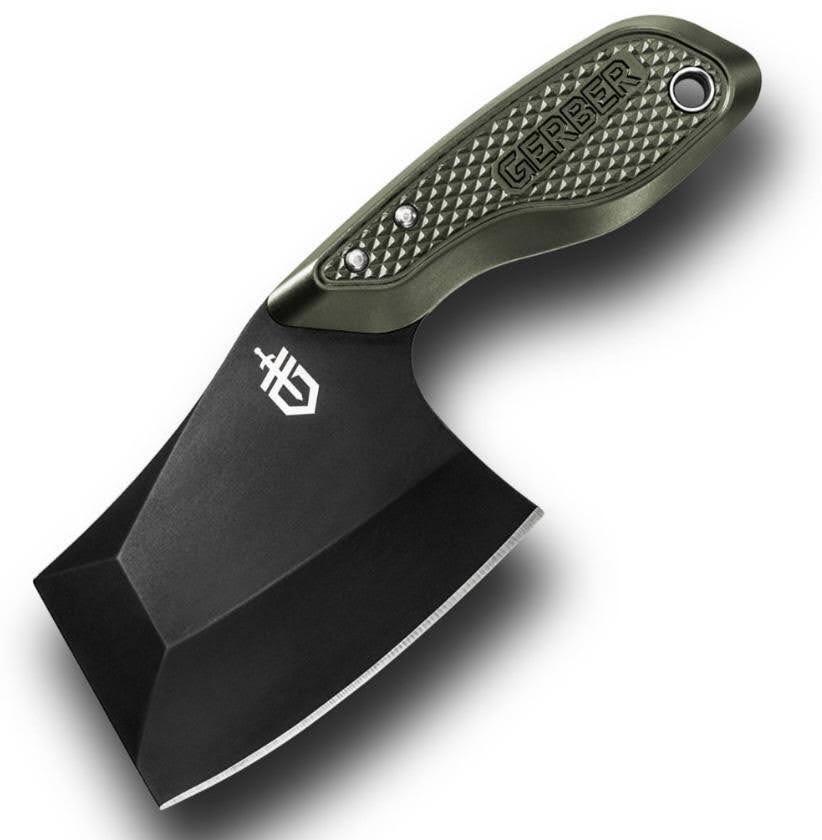
Primary Use
Knives serve multiple functions, from combat to culinary applications. In modern kitchens, they are indispensable tools for food preparation, while in historical contexts, they were often used as weapons. A knife's primary use often depends on its design and the context in which it is employed.
Techniques
Using a knife effectively involves understanding techniques specific to its type. For example:
- Chef’s Knife: Use a rocking motion to chop, keeping the tip on the cutting board while bringing the heel up and down for efficient cutting.
- Paring Knife: Hold the item you’re cutting in one hand while using the knife in the other, allowing for precision in peeling and trimming.
- Fillet Knife: Use gentle, smooth strokes to separate the flesh from the skin, allowing the blade's flexibility to guide the cut.
- Serrated Knife: Use a sawing motion for bread or soft foods, applying light pressure to avoid squashing the item.
Advantages and Disadvantages
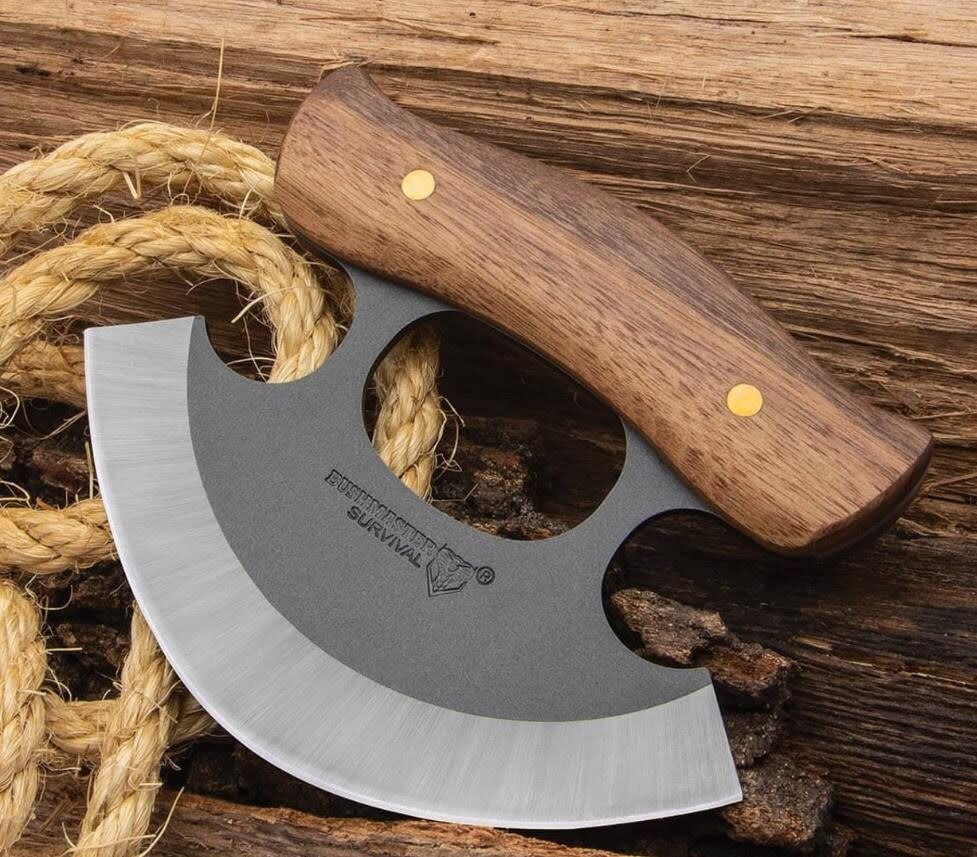
Bushmaster Bushcraft Ulu Knife
Knives offer several advantages, such as versatility and ease of use, compared to other cutting tools like scissors. They are more precise and allow for greater control over cuts. However, their maintenance demands can be a downside; dull knives are inefficient and dangerous due to the greater force needed to cut.
Advantages:
- Versatility in various cutting tasks
- Precision in control and technique
- Ability to maintain a sharp edge with proper care
Disadvantages:
- Requires regular maintenance and sharpening
- Can be dangerous if mishandled or used improperly
- Some materials (like carbon steel) require more care to prevent rust
Cultural and Symbolic Significance
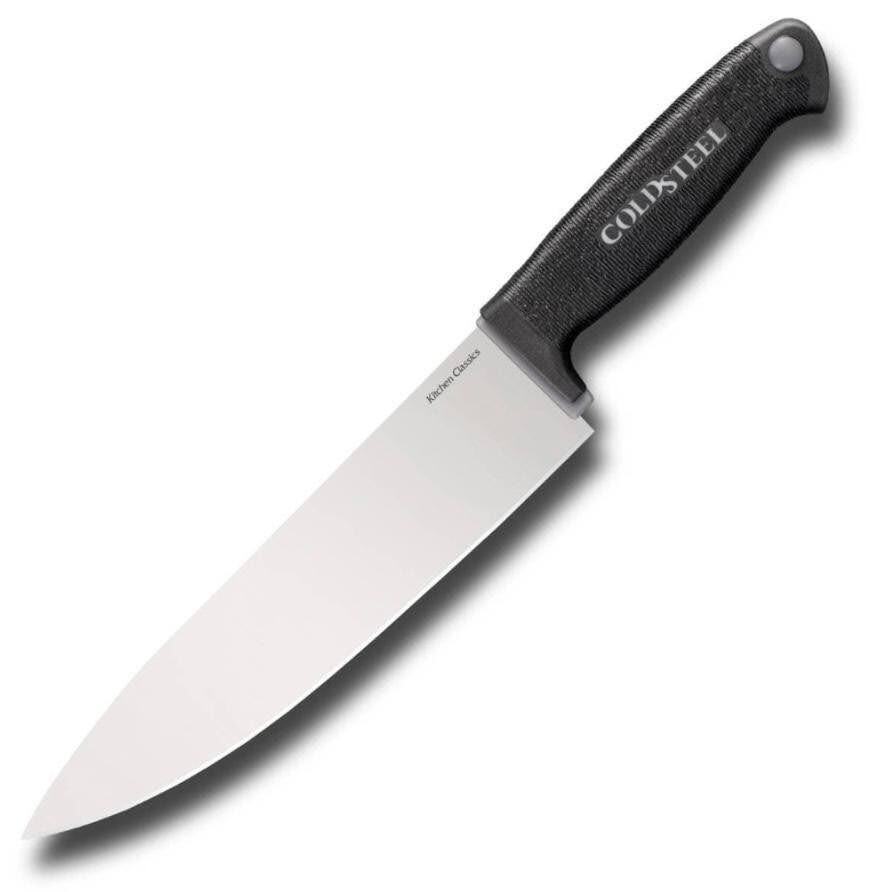
Symbolism
Knives often symbolize power and precision. In many cultures, presenting a knife as a gift signifies severing ties or the wish for the recipient to cut through challenges. Using a knife in various contexts can also carry more profound meanings, from the chef creating a dish to the warrior wielding a blade.
Cultural Legacy
Knives are celebrated in culinary shows and competitions today, emphasizing craftsmanship and skill. Collectors often seek vintage knives, appreciating their history and artistry. The craftsmanship behind handmade knives has gained popularity, with artisans showcasing their talents at various events, further emphasizing the cultural legacy of this ancient tool.
Moreover, the resurgence of interest in traditional cooking techniques has rekindled appreciation for quality knives. Culinary schools emphasize knife skills as foundational to becoming a proficient cook, reinforcing the knife's role in modern gastronomy.
Modern Relevance
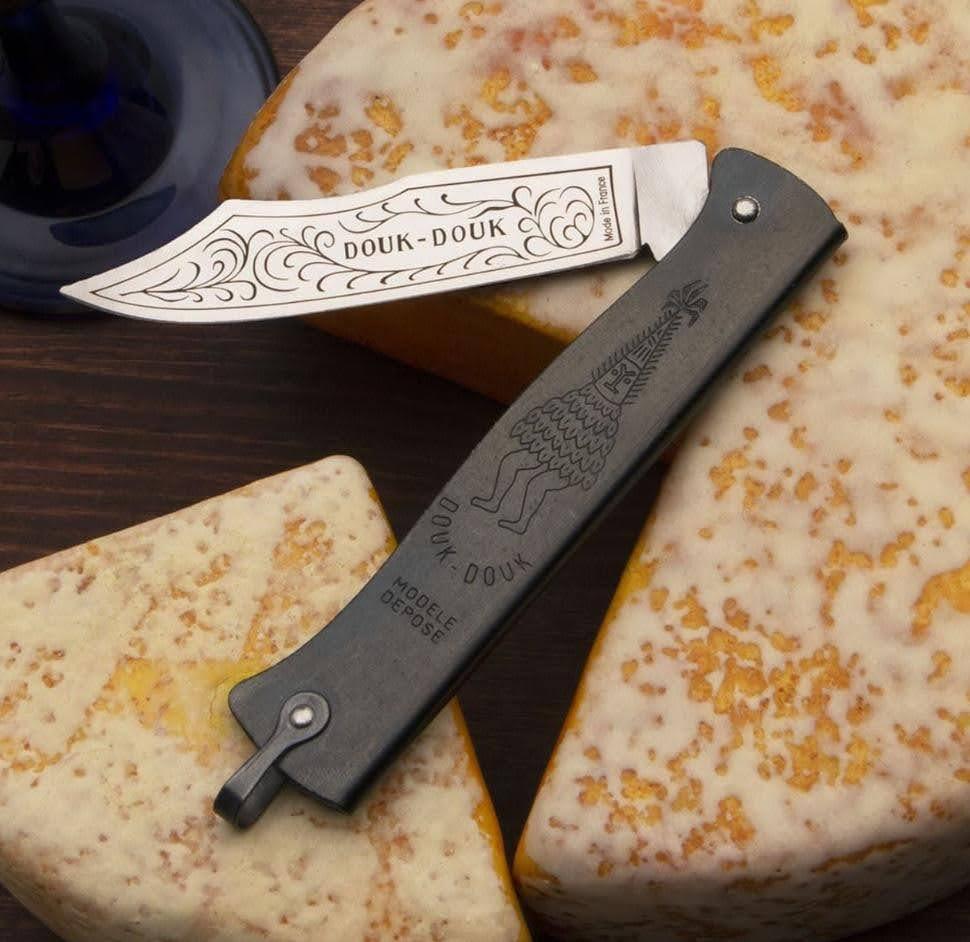
Douk Douk Steel Handled Fodder
Collecting
Knife collecting has gained popularity, with enthusiasts seeking vintage models or custom-made pieces. Restoration and display of knives often highlight the craftsmanship and history behind each piece. Collectors usually join forums and communities to share tips, trade knives, and celebrate their passion for this age-old tool.
Recreational Use
In modern contexts, knives are also prominent in various recreational activities, including cooking classes, outdoor adventures, and martial arts, where techniques like knife fighting are taught. Outdoor enthusiasts appreciate high-quality knives for camping, fishing, and survival, where a reliable knife can be invaluable.
Pop Culture
Knives frequently appear in movies, games, and literature, symbolizing power or skill. Iconic characters, from action heroes to master chefs, often wield knives, keeping their allure alive in popular culture. Films like "Chef," "Rambo," and various cooking competitions showcase knives as tools and extensions of the character’s skills, personalities, and even moral dilemmas.
Moreover, social media platforms have exploded with content surrounding culinary skills and knife techniques, making knives a central element of culinary culture. Influencers demonstrate the art of knife skills, teaching a new generation about the importance of quality knives and proper maintenance.
Knife Care and Maintenance Tips
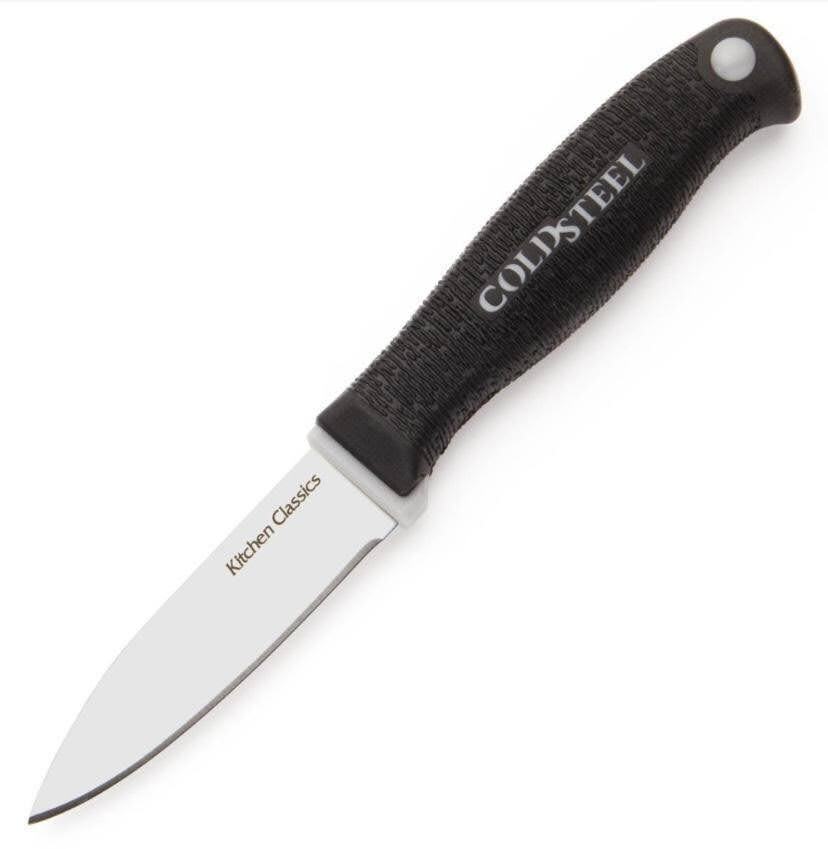
Now that we’ve explored knives' significance, let’s delve into the crucial aspect of knife care and maintenance. Keeping your blade in top condition ensures longevity, safety, and optimal performance.
1. Regular Cleaning
- Hand Washing: Always wash your knives by hand with mild soap and warm water immediately after use. Avoid soaking or placing them in the dishwasher, as heat and moisture can damage the blade and handle.
- Drying: Thoroughly dry your knife with a soft cloth to prevent moisture from causing rust, particularly on carbon steel blades.
2. Proper Storage
- Knife Blocks or Magnetic Strips: Store knives in a designated knife block or on a magnetic strip. This keeps blades protected and prevents accidental cuts.
- Sheaths or Blade Guards: If you need to store knives in a drawer, consider using sheaths or blade guards to protect the edges and reduce the risk of injury.
Sharpening
- Regular Honing: Use honing steel before or after each use to maintain the knife’s edge. This realigns the blade and helps it cut more effectively.
- Sharpening: Invest in a good sharpening stone or a professional sharpening service. Depending on usage, knives should be sharpened every few months to maintain optimal performance.
4. Edge Maintenance
- Avoid Hard Surfaces: Always use a cutting board when using your knife. Avoid cutting on hard surfaces like glass, stone, or metal, as these can dull the blade quickly.
- Use the Right Knife for the Job: To minimize wear and damage, use the appropriate knife for each task. For instance, avoid using a chef’s knife to pry open cans.
5. Handle Care
- Material Considerations: If your knife has a wooden handle, apply mineral oil occasionally to keep it from drying out and cracking. For plastic or synthetic handles, a simple wash is sufficient.
- Inspect Regularly: Check your knife regularly for signs of wear, damage, or rust. Addressing issues early can prolong the life of your knife.
Conclusion
Knife care and maintenance are essential to preserving these historical and functional tools. From understanding their origins and significance to knowing how to care for them properly, a well-maintained knife can serve generations. You can ensure that your knives remain sharp, safe, and effective for all your culinary adventures by implementing proper cleaning, storage, sharpening, and maintenance techniques.
The knife remains a fascinating tool, embodying both practicality and artistry. Its rich history and cultural significance enhance its allure, making it a subject worth exploring. Each knife tells a story, from its craftsmanship to its role in kitchens worldwide, and understanding that narrative deepens our appreciation for these tools. Shop our complete collection of knives today.


 Gift Cards
Gift Cards